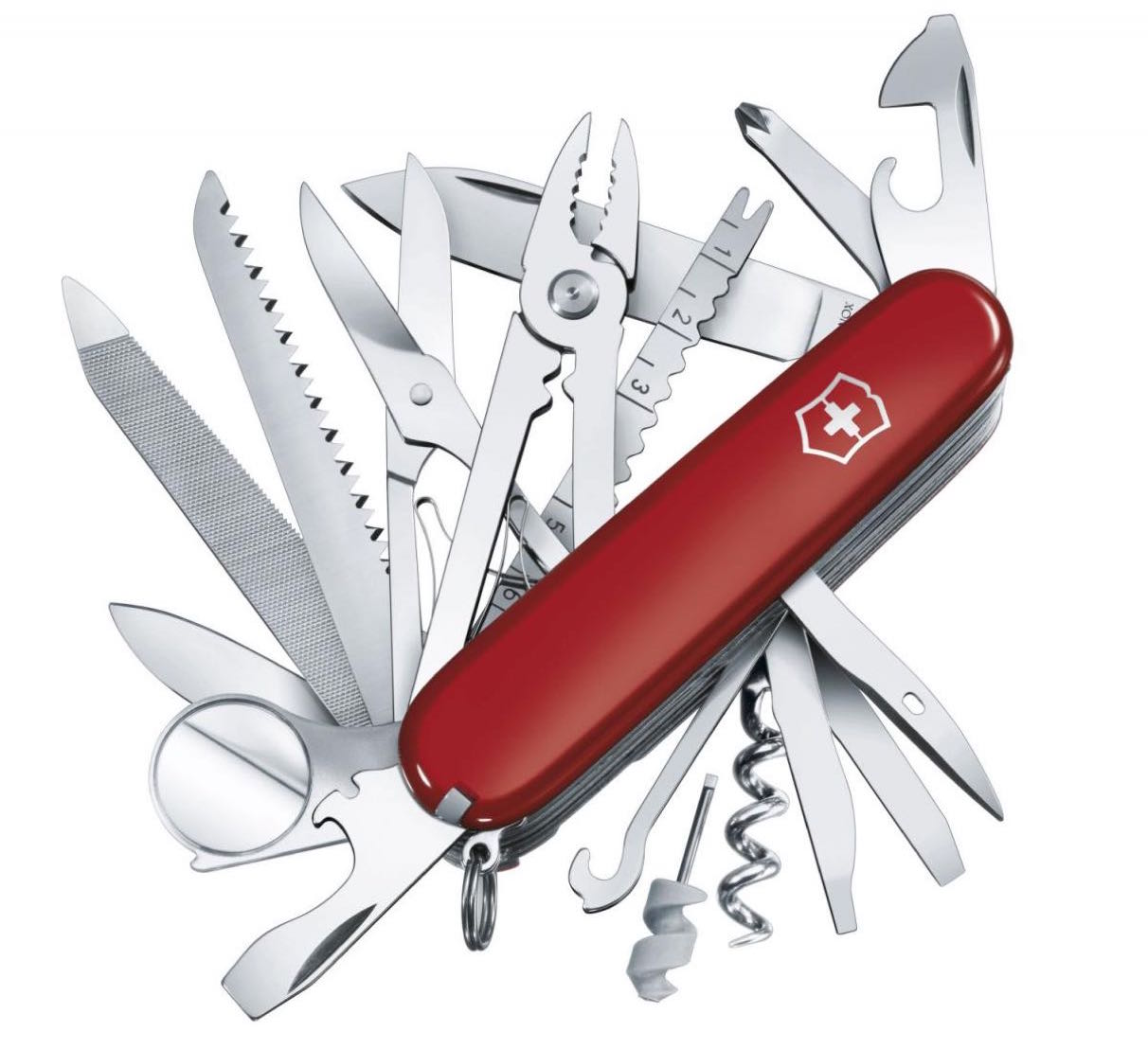Filling the gaps in a product development: design, delivery, and marketing
Feb 15, 2017Yesterday, I was sitting and reading tech news. It is very interesting, that tens new tech startups emerge every day. But only a few reach our attention. Everyone knows about Uber. Many people use it nowadays. It is well-known among investors as well: Uber got investments on $8.71B (it is 8,710,000,000 United States dollars). It means the ride-sharing market is interesting for investors.

And it is interesting for entrepreneurs, too. Angel.co — a popular social network for tech entrepreneurs, startups, and investors — shows a list of 170 startups working on a product for the ride-sharing market. Another well-known database CrunchBase shows a list of 97 startups in the ride sharing category.
From one side I think that it’s some kind of a miracle — billions in funding and valuation from zero. From another side, it was done not in a single moment, Uber was founded in 2009, that’s 7 years ago. And Uber is still in the process of the product development.
Past 6 years I and my team spent for developing mobile and web applications (over 80 projects) for our customers. Among them entrepreneurs, startups and small businesses. And all these apps were built around great ideas, I loved them all, and that helped me a lot to put all my energy into these projects. But having a great idea is not enough to be on the first page of top technology news sites.

Sometimes wannabe entrepreneurs contact me asking time/money estimate for a Uber-like application.My pre-defined answer is 8 billion and 7 years. In response, I got like: “Hey, I hired XYZ company because they promised me nearly-same experience for $1000 and one month”. I answer: “Good luck with your choice!”.
These wannabes don’t understand the difference between a proof-of-concept and a sustainable working product. The proof-of-concept is needed to verify a concept (usually just an idea). The product development cycle looks like:

I observed several mistakes of entrepreneurs and startups.
First, they quit right after of the failure with the first proof-of-concept. I know how this demotivating: see zeros in downloads or profits after the release. But it must be taken with courage to try again and again for months and years (like Uber’s 7 years).
Second, they love the idea so much, that they can’t throw away it after failure and try another idea. They blame bad market conditions, crisis, bad design, bad development, everything, but not the bad concept which doesn’t work.
Third, they put all features in the first release. Instead of going the path to fail quickly, save money, and try another concept, they add more and more features into the first release, believing people will buy it because it looks like Swiss knife.


Fourth, they hire different companies for different stages of the product development cycle: one company for design, one for development, one for marketing and analysis. Communication overhead is so high, that the speed of going through new iterations is very slow. The things go even worse if there is no centralized project management.
Good news that I observe a new generation of entrepreneurs who heard about modern three letters: MVP (Minimum Viable Products). They understand, that for quicker iterations the designers, developers, and marketing people should sit in the same room. They believe in success strongly. They can go faster with fewer spendings through the product development cycle and succeed.
It is just a question of time.



